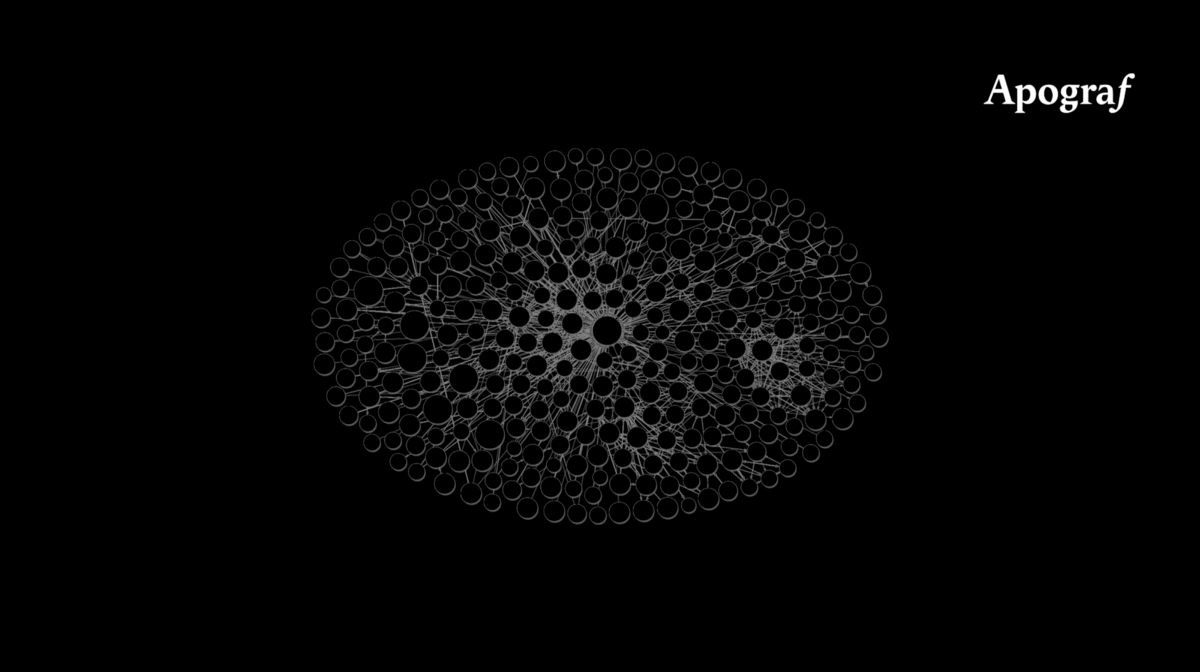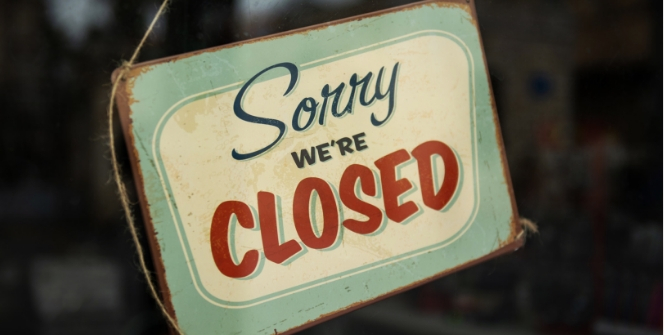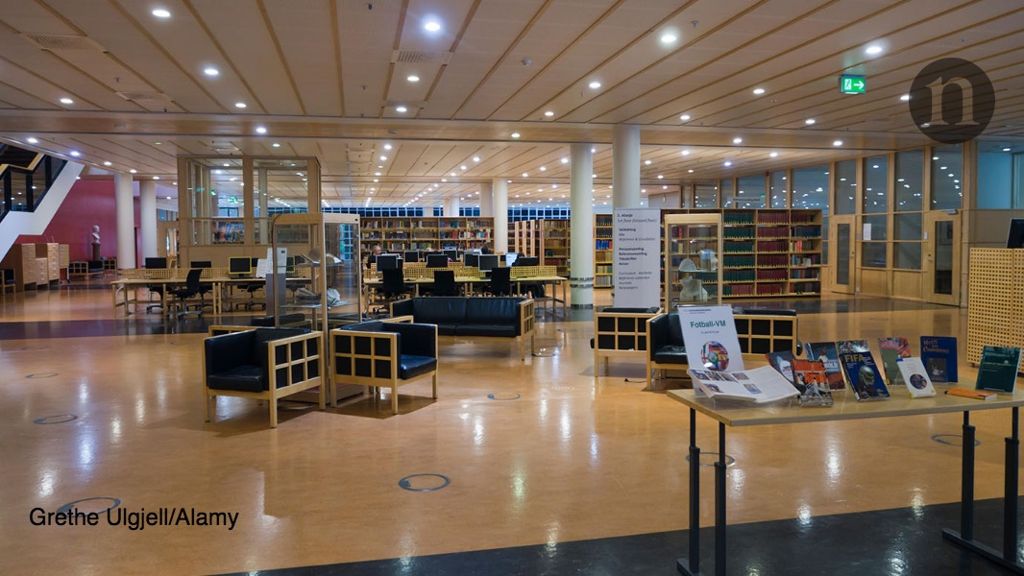COAlition S Appoints Jisc Expert to Accelerate Open Access
Neil Jacobs, Head of Open Science and research lifecycle at UK not-for-profit, Jisc, has been appointed as interim programme manager for cOAlition S.
Send us a link
Neil Jacobs, Head of Open Science and research lifecycle at UK not-for-profit, Jisc, has been appointed as interim programme manager for cOAlition S.
The European Council of Doctoral Candidates and Junior Researchers (Eurodoc), the Marie Curie Alumni Association (MCAA), and the Young Academy of Europe (YAE) jointly welcome the revised implementation guidance for Plan S.
As the transition to a system for sharing knowledge that is open by default accelerates, the question “open for whom?” is essential—both to consider and to act upon.
Resolving the question of how to provide an infrastructure for open access books and monographs has remained a persistent problem for researchers, librarians and funders. The Open Research Library aims at bringing together all available open book content onto one platform, but has been met with mixed responses.

Plan S has injected a much-needed sense of urgency to the debate about transformation to full and immediate open access, but what are we missing in our focus on the minutiae of compliance?

Asked by THE why taxpayers should not be able to immediately see the results of research they financed, Kelvin Droegemeier answered: 'They maybe should'

Funders behind the policy revise rules after major consultation.

Open Access (OA) publishing has a long history, going back to the early 1990s, and was born with the explicit intention of improving…

Just as patients' access to journals is important,so is the access of doctors in developing countries.
Analysis of survey results and publication data from Scopus suggests that the following factors led authors to choose OA venues: ability to pay publishing charges, disciplinary colleagues’ positive attitudes toward OA, and personal feelings such as altruism and desire to reach a wide audience. Tenure status was not an apparent factor.
Having early and rapid access to research findings accelerates the pace of science and is paramount for advancing discovery. Springer Nature considers itself ideally placed to help facilitate this and making great research available as quickly as possible to the research community.
The recent fashion for “transformative” Read-and-Publish agreements - are they really what’s needed to deliver affordable open access? An opinion piece.

Published peer review is now an available option for all PLOS journal submissions.

In the last few years, there has been a marked shift in the debate on open access publishing from a focus on (mere) outputs to one on infrastructures. With terms such as 'community-led', 'the commons' and 'governance' regularly bandied about, advocates for OA are increasingly looking away from commercial publishers and towards infrastructures designed by …

The 2019 edition of the CWTS Leiden Ranking introduces indicators of open access publishing and gender diversity.
Countries in southeast Asia, Africa and South America lead the way on free-to-read literature.

The progress of Open Access (OA) is often measured by the proportion of journals that have transitioned to OA publication models. However, a number of journals have made the opposite choice and moved from open to closed access.

Some of the most successful free-to-publish Open Access endeavors have been emerging from arts and humanities in response to the particular needs of the humanities scholars concerning publishing formats, academic evaluation, and funding availability.
Increases in APCs is proceeding at a rate three times that which would be expected if APCs were indexed according to inflation. As increasingly ambitious funder mandates are proposed, such as Plan S, it is important to evaluate whether authors show signs of price sensitivity in journal selection by avoiding journals that introduce or increase their APCs.
Negotiator says universities 'no longer willing to pay' big publishers without significant step towards open access.

Open access has always been promoted for its reputational benefits. The OA citation advantage is one way in which advocates try to convince researchers of the benefits of publicly sharing their work. But researchers are also motivated by the need to publish in prestigious and ‘high-impact’ venues, which often precludes the possibility of open access forms of publication.

The Book Industry Study Group (BISG) has published a white paper on “Exploring Open Access Ebook Usage”.
After serving as editor-in-chief of an Elsevier journal for over seven years, Lajos Balogh decided to channel his publishing knowledge to a new endeavor. He and a group of fellow editors started a publishing organization and journal of their own.

The thesis argues that the UK governmental policy framework promotes a form of OA that intends to minimise disruption to the publishing industry. The scholar-led ecosystem of presses, in contrast, reflects a diversity of values and struggles that represent a counter-hegemonic alternative to the dominant cultures of OA and publishing more generally.

A project that aims to slash the cost of producing monographs could help make more of them available to the public for free. But will scholars participate?
Agreement with Norwegian consortium allows researchers to make the vast majority of their work free to read on publication in Elsevier journals.

There is an often-neglected pre-history of open access that can be found in the early DIY publishers of the late ‘80s and early ‘90s, including involvement of the humanities and social sciences. Policymakers are advised to keep in mind this separate lineage in the history of open access as the movement goes mainstream.

The Consortium of Swiss Academic Libraries, comprising sixteen libraries and the Swiss National Science Foundation, is the third national consortium to commit to the SCOSS initiative.
A Norwegian consortium has signed a new kind of subscription deal with Elsevier that includes open-access publishing - a first for the publisher. But the new rights come at a cost.